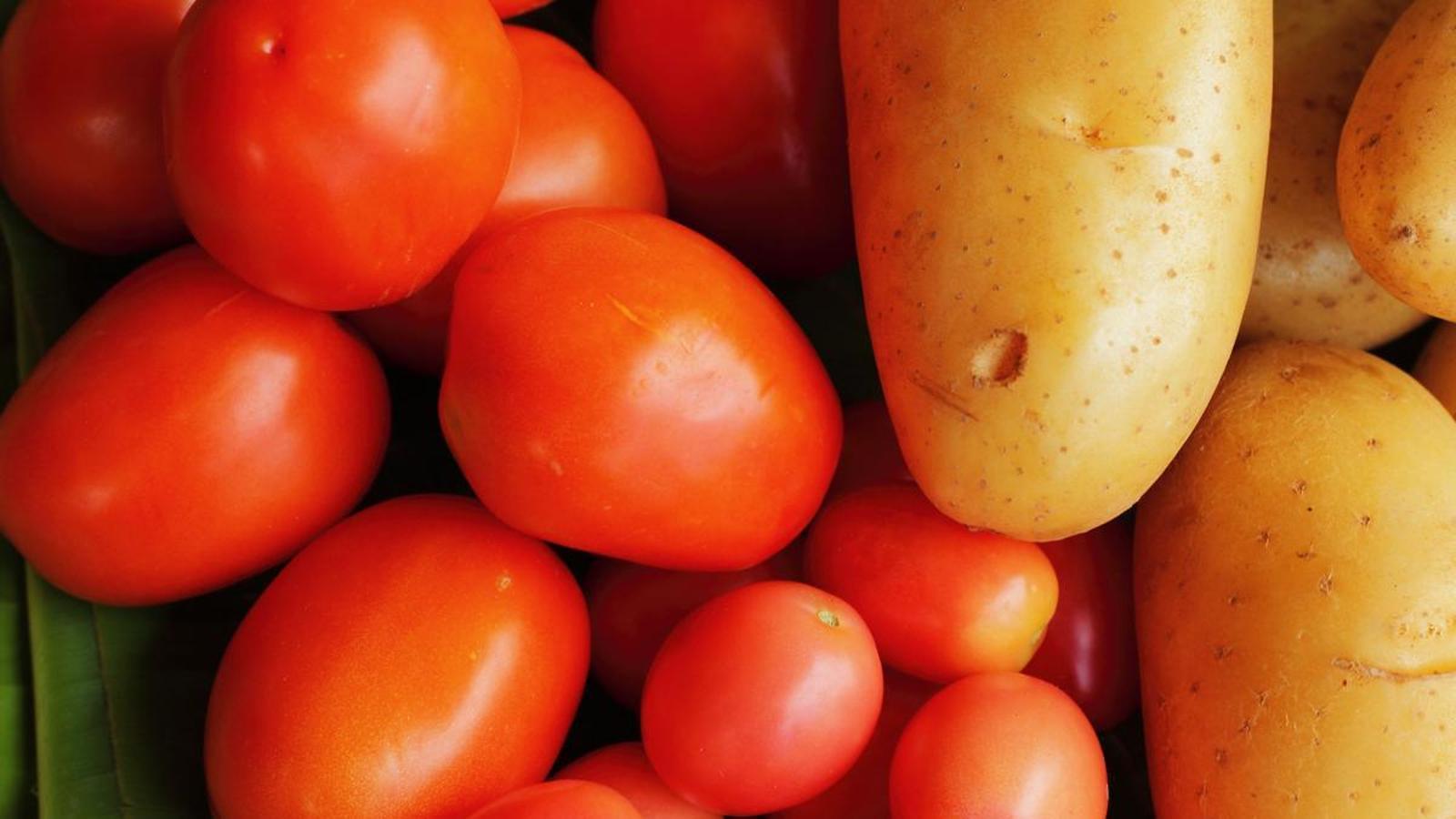They discover that the potato is the daughter of the tomato
The mixture of two spices gave rise to a new plant capable of forming tubers and surviving at high altitudes.

BarcelonaThe potato is a staple food for a large part of the world's population, and humans have been cultivating it for 10,000 years. The first to do so were the people who lived in the mountainous areas of the Andes, in what is now Bolivia, Chile, and Peru, who used the tuber to overcome hunger and grow their societies. It did not arrive in Europe until the second half of the 16th century with the help of Spanish colonization, and it also became a cornerstone of the food pyramid in the Old Continent. Now, an international team of researchers has discovered in a study that this tuber comes from another backbone of our gastronomy: the tomato.
To make this discovery, the authors of the study published this Thursday in the journal Cell have been traced back millions of years through genomic analysis of some sixty species of potatoes. The ancestor of the potato we know originated about 9 million years ago and is a hybrid of two species: the tomato and theetuberosum, a wild plant that resembles the potato, but does not form tubers. The authors propose that the ancestors of these two South American species appeared about 14 million years ago from the same plant, which they believe then diverged into two distinct species with a common relative.
Millions of years later, coinciding with the rapid uplift of the Andes mountain range, they converged again to give rise to the ancestor of the potato. To reach this conclusion, the authors of the study analyzed 128 genomes of different potato species and in all of them they found a mixture of stable and observable genetic material from the two previous species, which leads them to conclude that it is a hybrid. They believe that this hybridization allowed the potato ancestor to acquire the ability to form tubers, a "key innovation" that allowed it to reproduce asexually and expand in a high-altitude ecosystem.
The genetics of tubers
The authors believe that the formation of tubers is due to a specific genetic combination that allowed the species to evolve in this way and achieve this evolutionary advantage. Even so, the researchers admit that further testing is needed to resolve some of the remaining unknowns, such as why the potato ancestor regained the capacity for normal sexual reproduction over time. They also emphasize the importance of investigating the multiple effects of tuber-related genes and identifying those that were key to their development.
